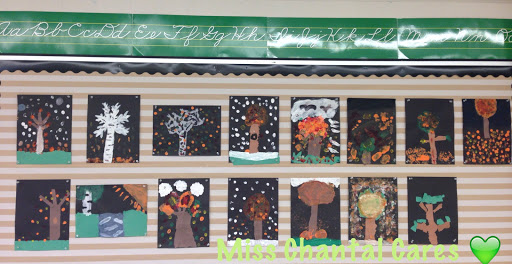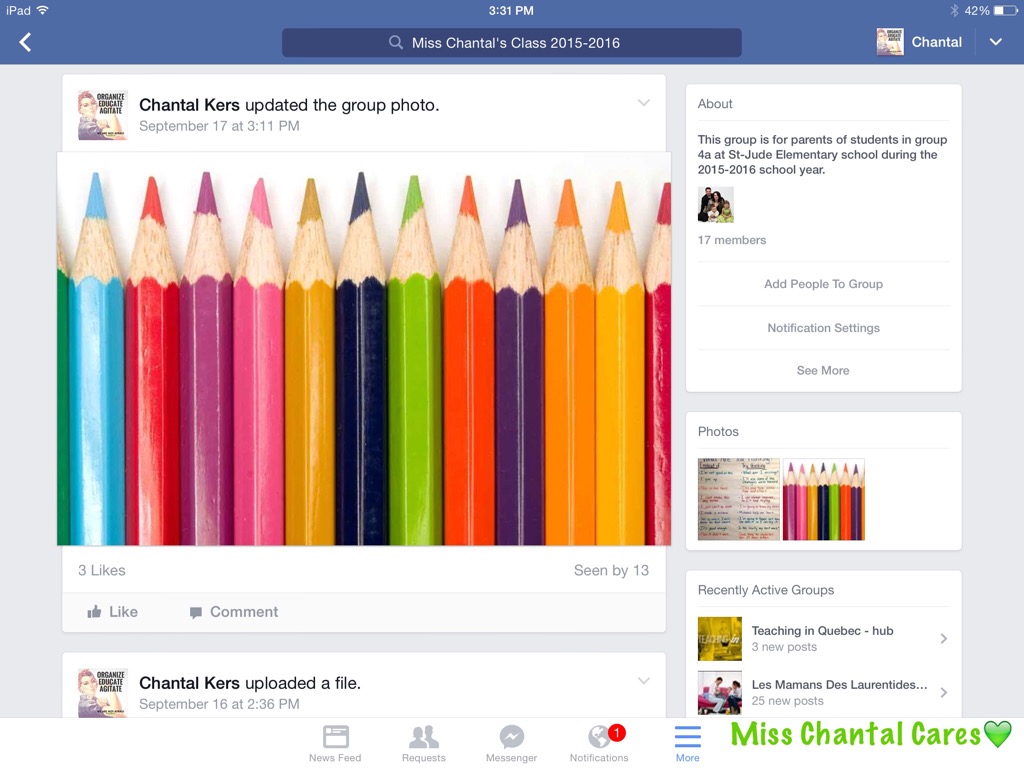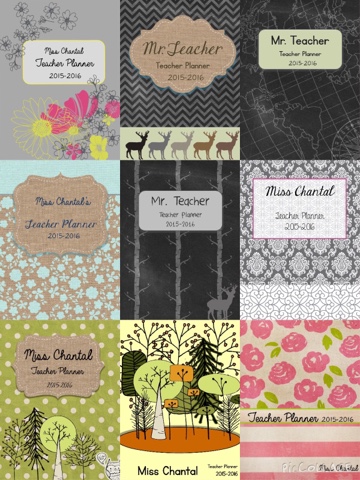In today’s post I will be describing a seasonal art project that I did with my fourth graders today. I love fall. Fall in south-eastern Quebec is filled with beautiful, and vibrant colors, which often stand out on a somber and cool background. This provided me with the inspiration for the art project IContinue reading "Fall Art"
Getting class birds and teaching with them
As a follow-up to my Birds on the Brain post, as promised, here is what I have learned about finding birds for in the classroom, as well as the materials needed in order to take care of them. Also, I will go through the advantages and disadvantages of having different types of birds in theContinue reading "Getting class birds and teaching with them"
Birds on the brain
In today’s post, I will be sharing how birds can contribute so much to a classroom setting, to students’ learning and motivation, and how they can be the source of many engaging and pertinent lessons and activities. Last year I got a pair of zebra (mandarin) finches for my classroom. They are a breeding pairContinue reading "Birds on the brain"
Back to school!
This Monday was our school's first day with our students. I had to prepare my classroom for fourth grade students instead of first grade students like I did last year. This year, one of our special education consultants came to see us during our pedagogical days before students started school and talked to us about howContinue reading "Back to school!"
Communicating with Parents
In the last few years, I have tried different ways of getting in touch with parents. I have tried traditional means, using things such as calendars, weekly newsletters and messages in student agendas. Although these ways of communicating are efficient at getting news home, it is time consuming and uses a lot of paper. AnyoneContinue reading "Communicating with Parents"
Renewable energy in schools
I was driving past a high school in Ontario this summer and noticed that it was covered I solar panels. My first thought was "AWESOME!" and my next thought was "how'd they do that?". In fact, I was surprised to see these panels on a school but not surprised to see renewable energyContinue reading "Renewable energy in schools"
My new planner
I am so excited to get my class list and schedule so that I can insert the information into my new teacher planner. I am going to save so much time this year and really be organized. I worked really hard to make this planner simple to use for any teacher. I made one forContinue reading "My new planner"
Moving Up!
I am going into my 10th year of teaching. Time flies! The last few years I have changed schools, either because I have had to, being young and having less seniority than any other permanent teacher at my schools, or because I was trying to get closer to home to have a few more minutes at homeContinue reading "Moving Up!"
Update on the birds
I learned, this week, that finches are very sensitive about moving. Before March Break, there was only one of six eggs left to hatch. Five baby finches were born in the classroom in the presence of my students. They loved it. They ran in every recess to check on them and see how they were doing. FourContinue reading "Update on the birds"
Birds of a Feather
In my class we have two finches, a couple named Ping and Pong. They are a breeding pair, and I knew this when I adopted them and brought them into my first grade class. Little did I know that within a few weeks my students were going to get excited because they found a finch egg inContinue reading "Birds of a Feather"










